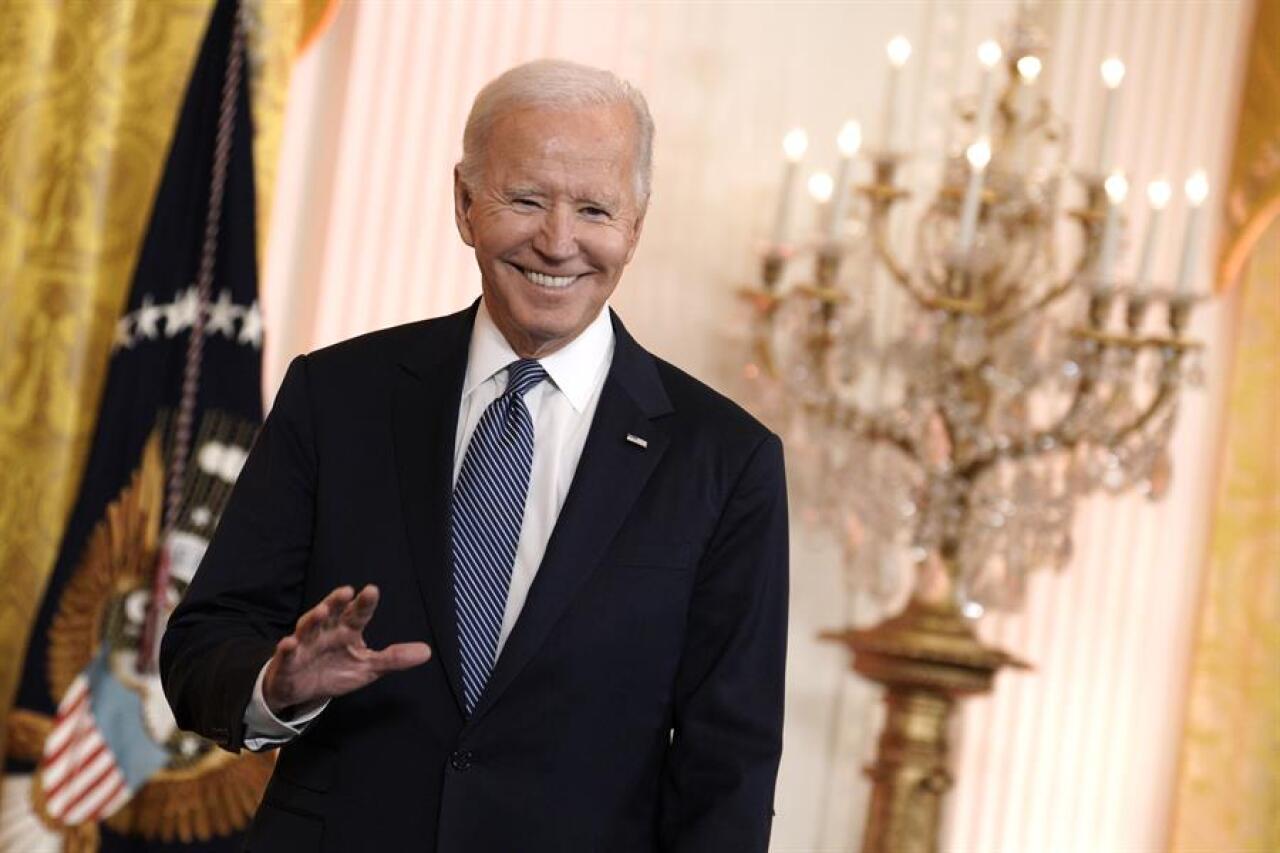“Going forward, risks are on the downside, particularly for consumption, as households continue to struggle with high prices and a likely slowdown in job growth” in the country, it added.
“The strength of the dollar and the weakness of global growth will limit exports,” said Ian Shepherdson, an economist at Pantheon Macroeconomics.
Recession risks in 2023
The uptick is good news for Biden ahead of the election.
But the risks of recession persist for the coming months. Biden himself had mentioned earlier in the month the possibility of a “very mild recession.”
The central theme for the US economy is inflation, which remains near its highest level in 40 years, at 8.2% in the 12 months to September, and erodes the purchasing power of households. Especially since the remedy to this rise in prices is to slow down the economy by increasing interest rates.
Mortgage or consumer loans now cost much more than before. Less consumption and less investment should cool down an overheated economy.
The Federal Reserve (Fed), the US central bank, has the cards in hand to fight inflation, and is gradually raising its interest rates, in order to encourage commercial banks to do the same when granting loans.
After four raises already, he should continue this momentum at his next meeting on Tuesday and Wednesday of next week.
And the slowdown could be global as inflation is high in many regions. Several developed countries could enter a recession in 2023, such as Germany and Italy, the International Monetary Fund (IMF) recently warned.












